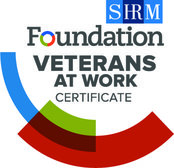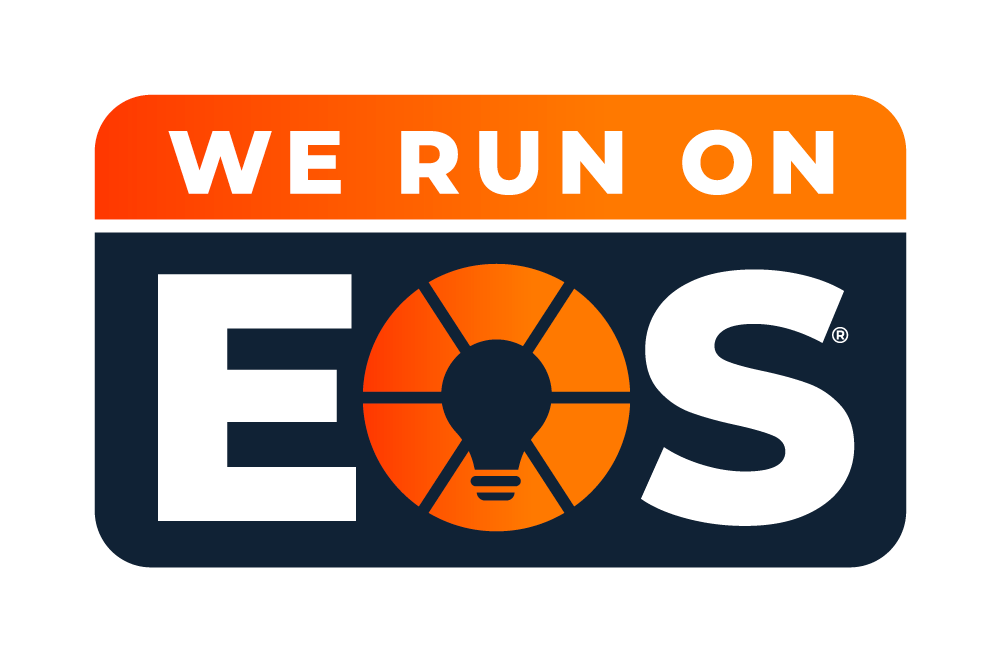Three Things to Negotiate in Your Teaming Agreements (TA)
Editors note: this article was updated 08/01/2023
It takes a village here in GovCon land. We all know that much of government contracting work is rarely done by one company. Prime/subcontractor relationships are the norm, frequently due to a GovCon compliance requirement in the FAR or a need for additional capabilities, making the use of teaming agreements in government contracts an absolute necessity. During the proposal stage, it is important to have an effective teaming agreement in place, that protects both parties, encourages mutual participation, and sometimes carves out workshare and (in some cases) rates. Teaming agreements deserve attention from both parties with the prime keeping their business risk in mind, as well as the contract’s performance objectives and the subcontractor evaluating their role and terms of the teaming agreement. While you may have your strategic pricing all figured out before you get to the table, it’s best to consider how the other side of the agreement may see it.
3 Points of Interest When Negotiating a Teaming Agreement:
Exclusivity – Primes usually look at exclusively securing all their team members (Subs) for a competitive bid, whereas subs desire the flexibility to team with others if the prime terminates them or the relationship goes south (i.e. target rates cannot be agreed upon).
What’s the Solution?
a. For the prime – be willing to limit the scope of the teaming agreement to a specific element of the prime contract such as a task order. This assumes an IDIQ, GWAC or some other vehicle is at play, which is a popular government contract procurement type.
b. For the sub – Be willing to invest in your teammate by leveraging exclusivity to negotiate specific workshare within the teaming agreement. Seek a smaller scope for the coverage of the teaming agreement – the entire GWAC is not recommended – and focus on getting specific work outlined.
Workshare – Primes want the flexibility to use discretion in assigning work (subs product or service not being available when needed, is a solid example).
a. Subs should negotiate for as much of a specific amount of work as possible (i.e. % of the work to be awarded in revenue, # of positions, first right of refusal or combination as applicable).
b.Ideally, subcontractors get an express statement that they will start work in the “X” areas identified upon the prime award. This strengthens the intent of the parties and the overall teaming agreement.
Intellectual property (IP) – It is not recommended to give away IP at the TA phase. Each party should own what they bring and walk away with only what they brought (i.e. use restrictions should be identified).
a. Joint IP should also have use restrictions tailored for the parties involved in the teaming agreement.
b. Both parties, the Prime and sub, will most likely have similar end goals here unless one party is knowingly bringing something to the table that is currently cutting edge, innovative, etc.
While these are some basic tips to keep in mind, do remember that there are often post-award rights and obligations. Subs want non-negotiable specifics that will be identified in the subcontract. Primes want the flexibility to accommodate potential changes (i.e. government requirements, or pricing changes). Always try to be reasonable in these negotiations, good partnerships and agreements lead to good performance and long-term joint efforts. This is a small industry after all, and the reputation of both parties is key to long term success, so make sure your teaming agreement will not result in a bad mark on either organization.
BOOST LLC has pertinent experience in traversing the lines between subs and primes. If you’d like to discuss these relationships and the best way to navigate the proposal landscape, or anything else relevant to GovCon back-office services, including managed GovCon accounting, GovCon recruiting or strategic pricing, send a note to [email protected] to schedule a call.





